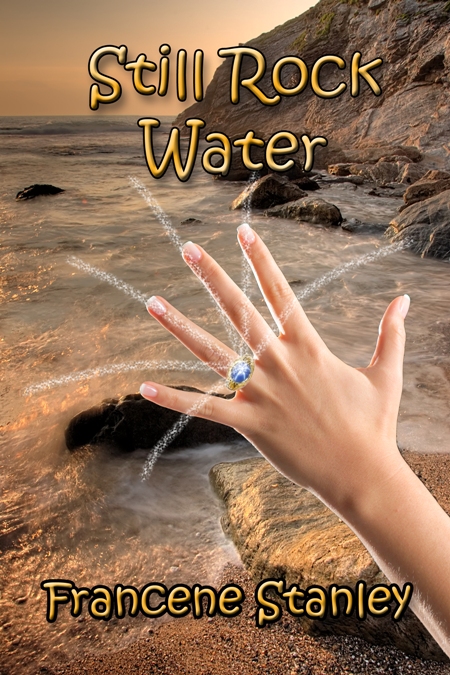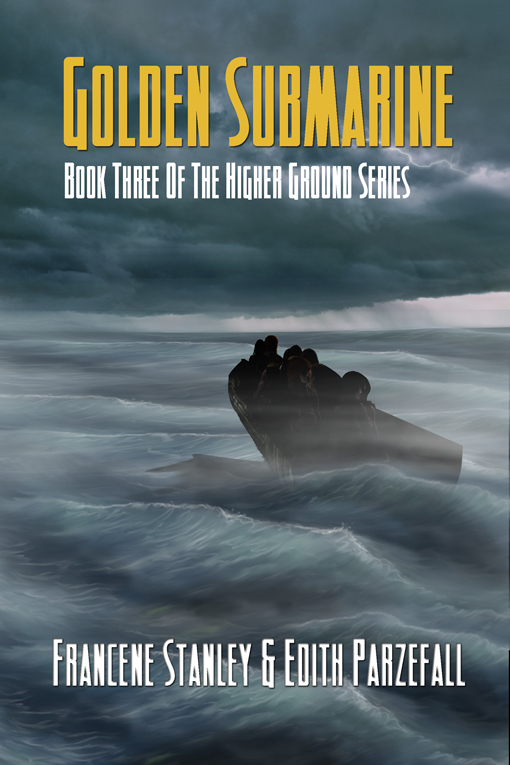
Here's one I made about the importance of women in history.
A cloud is a large collection of very tiny droplets of water or ice crystals. The droplets are so small and light that they can float in the air. I guess, that's how the wordcloud came into existence—each droplet replaced by a word. All air contains water, but near the ground it is usually in the form of an invisible gas called water vapor. When warm air rises, it expands and cools. Cool air can't hold as much water vapor as warm air, so some of the vapor condenses onto tiny pieces of dust that are floating in the air and forms a tiny droplet around each dust particle. When billions of these droplets come together they become a visible cloud.
Therefore, when a multitude of ideas come together, they can be converted into a wordcloud.

Cloud Lovers, Unite! At The Cloud Appreciation Society we love clouds, we’re not ashamed to say it and we’ve had enough of people moaning about them. Read our manifesto and see how we are fighting the banality of ‘blue-sky thinking’. Members give numerous talks around the country, and share wonderful photos. There's an artist’s project about using face recognition software to look at clouds, a Fifteen Hundred Skies Project group on facebook.
Idioms:
§ a cloud on the horizon: a problem or difficulty which you expect to happen in the future.
§ blue skies ahead: life will be free from troubles.
§ not a cloud in the sky: there is no need to worry.
§ stormy clouds overhead: something bad will happen.
Why do we see pictures in clouds? And why do we make wordclouds?
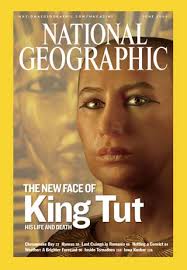



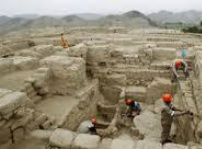
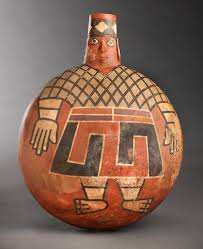
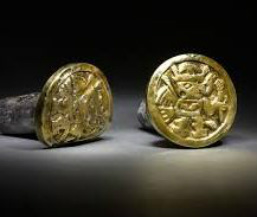

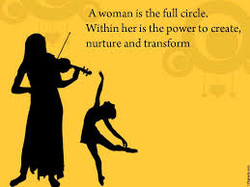



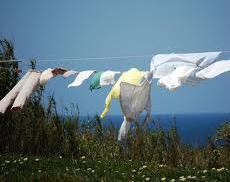
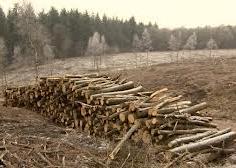
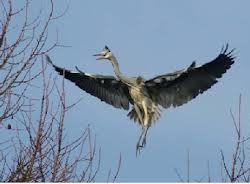
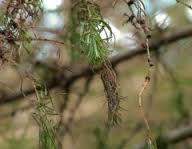
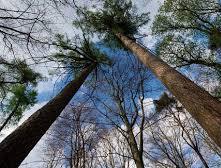
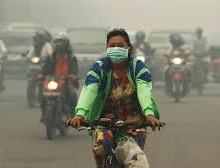
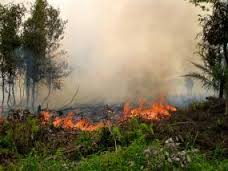
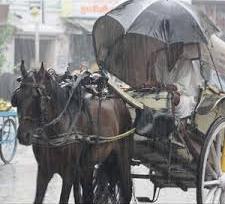



 RSS Feed
RSS Feed
